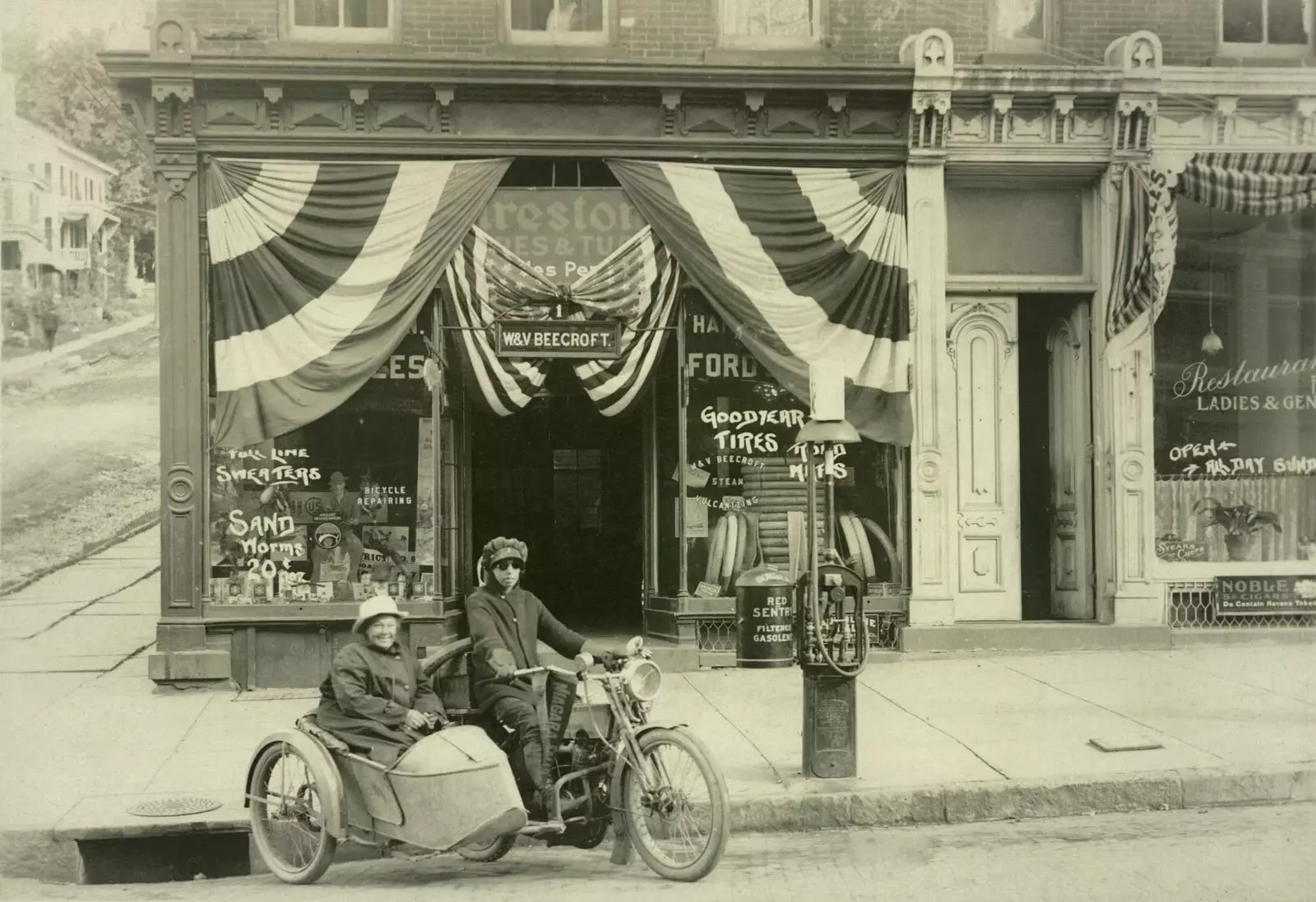
Effie and Avis Hotchkiss, mother and daughter, crossed the US in 1915
The story is usually starred by those who are capable of rebelling against their own destiny. In the case of women, this rebellion has always been more striking because they started from a obvious age-old handicap socially accepted according to which they were predestined to raise children and to do housework, and if possible, with submissive resignation.
Fortunately, many were those who refused to jump through the hoop, and at the end of the 19th century and the beginning of the 20th, they used their vehicles, both bicycles, motorcycles and cars, as well as as a means of transport, as an instrument with which break down barriers to gender equality.
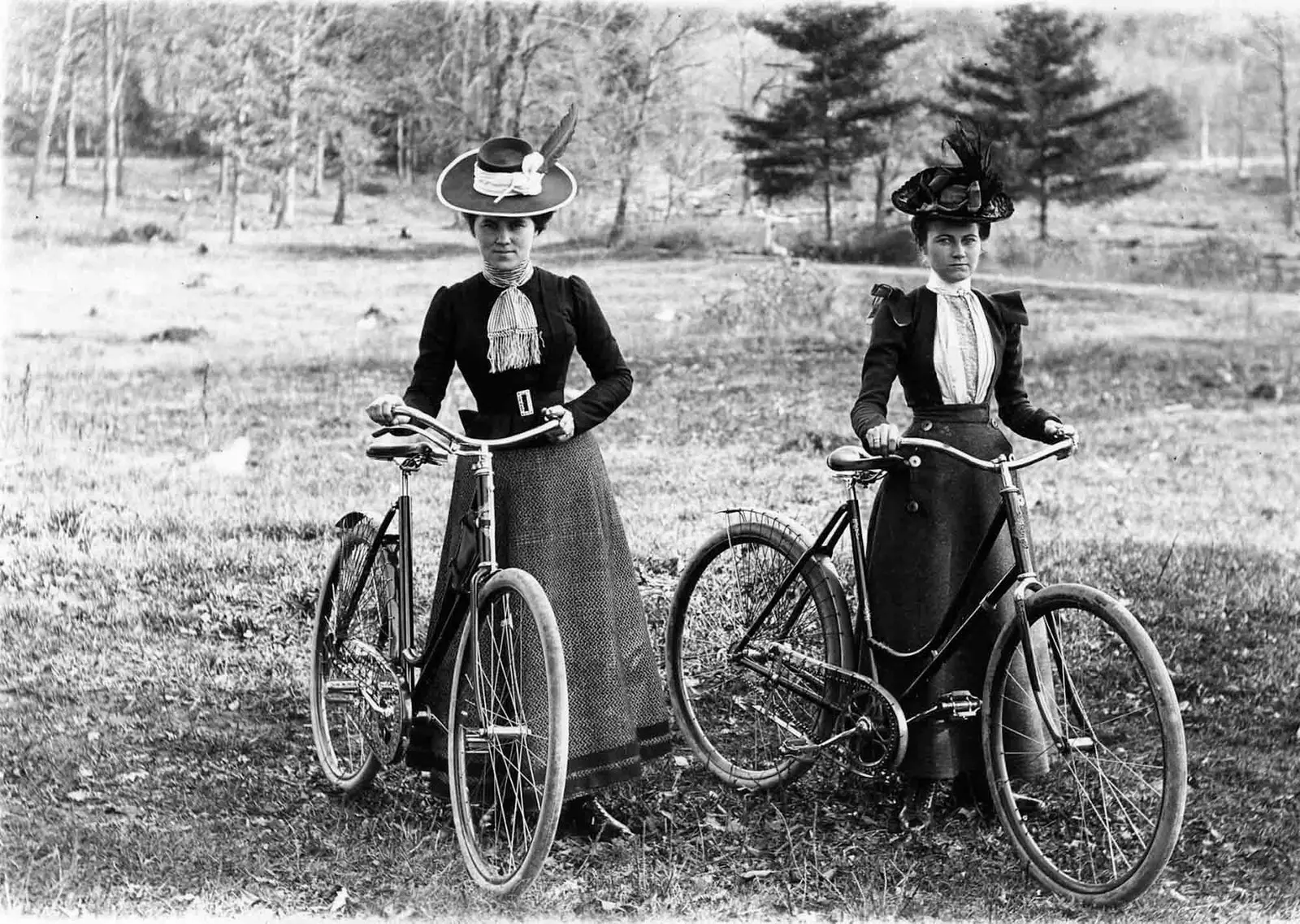
Women can ride bicycles thanks to heroines like Amelia Bloomer
The book is dedicated to all those pioneers queens of the road written by historian Pilar Tejera and edited by Casiopea Editions. It is a highly entertaining story that leads us to learn about the stories of women who were criticized, reprimanded and even imprisoned, but who managed to open the way with their trips by motorcycle or car at a time that vetoed women's access to any setting other than home.
Thus, he introduces us first to Amelia Bloomer that, in the mid-nineteenth century, she invented and promoted the bloomers for women cyclists and she had to face the society of her time, which coined the expression "making a Bloomer" as a synonym for make an ass of oneself . She died in 1894, but her legacy lived on: in 1987, a magazine illustrated her cover with some women riding bicycles and wearing controversial bloomers. Amelia got away with it.
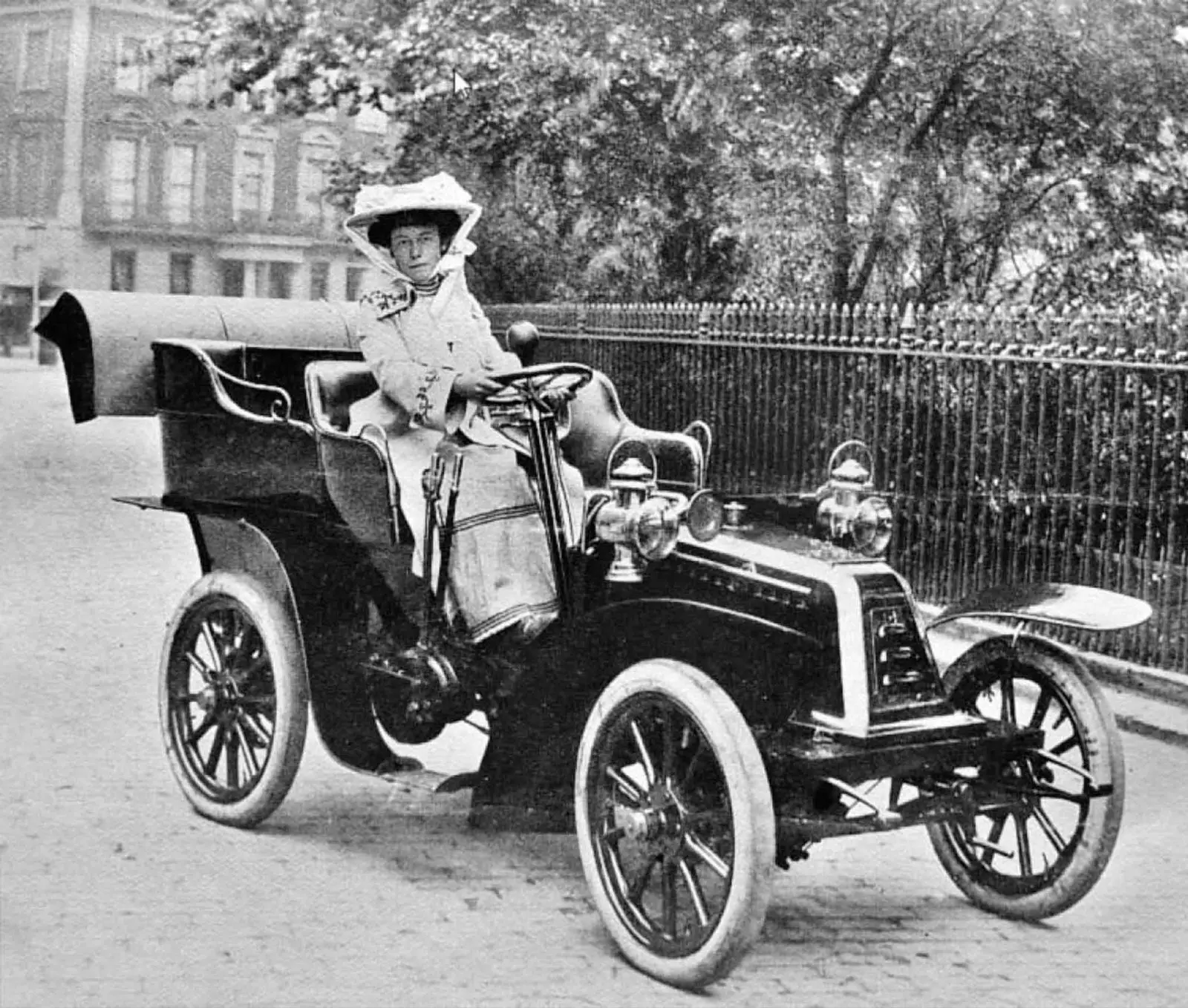
Vera Hedges Butler, the first woman to pass a driving license in the UK
Precisely at the end of the 19th century, the American Fanny Workman dared to cross Algeria and Europe on the handlebars of his bicycle . Nothing was mediocre in her biography: she was the first American woman invited to lecture at the Sorbonne in Paris and the second to do so at the Royal Geographical Society in London.
For her, her life was summed up in a succession of challenges that had to be overcome. Like those who overcame too annie londonderry who, in 1895, went around the world on a bicycle, or Effie Hotchkiss, who crossed the United States on a motorcycle in 1915 with her fat mother riding in the sidecar and whose photo (of both) illustrates the cover of this recommendable book.
Among these precursors of the road and also of women's rights, it also stands out Anita King , a silent movie star from Michigan who, in 1915, starred in a solo raid across the United States with the same elegance, passion and fantasy that she brought to her famous films, with titles like The Golden Fetter, The Race or Temptation.
The deserts and mountains along the way, the heat and the heating of the engine, presented great challenges to overcome. This, added to the precarious roads and unforeseen events, prolonged the trip considerably, beyond the three weeks initially planned.
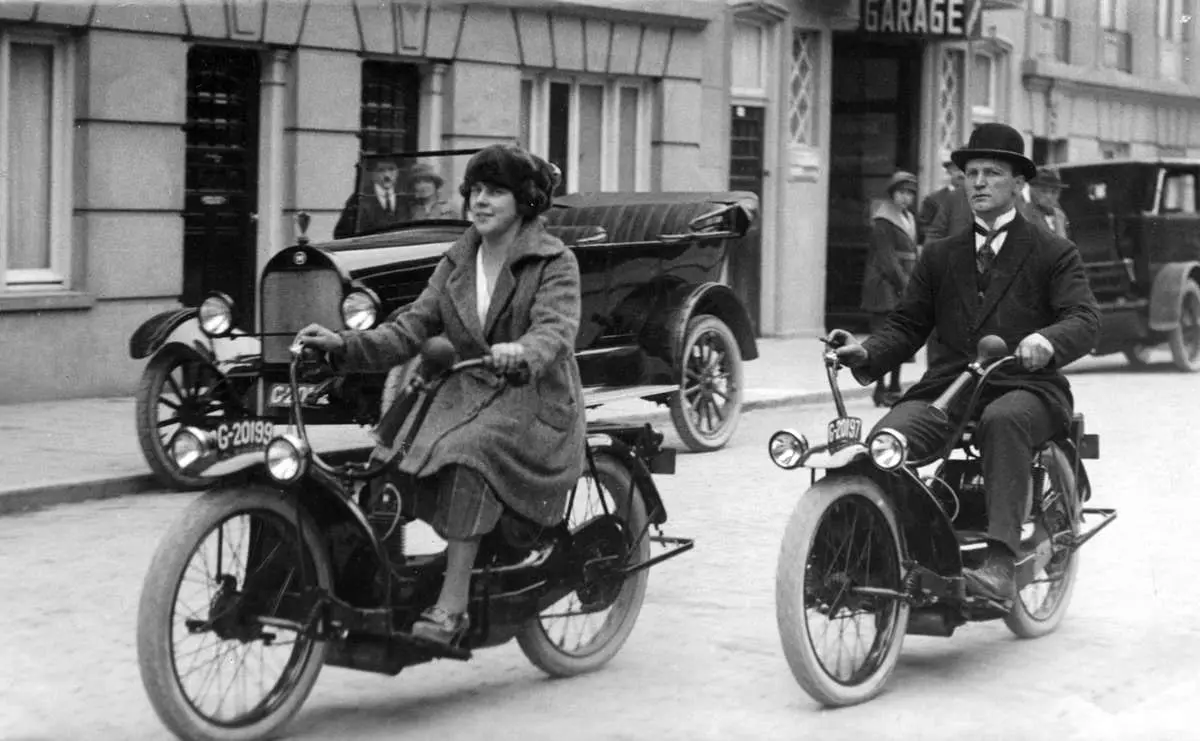
Thanks to the efforts of these drivers, already in 1923 we saw pictures like these
In the book there is also space for the first moto-travelers with exciting stories, such as the one starring the sisters Augusta and Adeline Van Buren, the first women who managed to complete a solo transcontinental route on the back of a motorcycle. Not to forget the adventure starring Theresa Wallach and Florence Blenkiron crossing the African continent by motorcycle, starting from London and arriving in Cape Town, in 1935.
Regarding the section dedicated to car trips, the vicissitudes of Bertha-Benz (what does that last name sound like to us?), wife of the German engineer Karl Benz who patented the Benz brand vehicles. Bertha became in August 1888 the first person to make a long distance car trip.
The terrain of the competition was also colonized by some of these precursors such as Dorothy Levitt, who, in July 1903, became the first woman to compete against men on a race circuit or the French Camille du Gast, who participated in the race Paris-Madrid held in 1903 and made all the headlines of the time at the wheel of his 30hp DeDietrich.
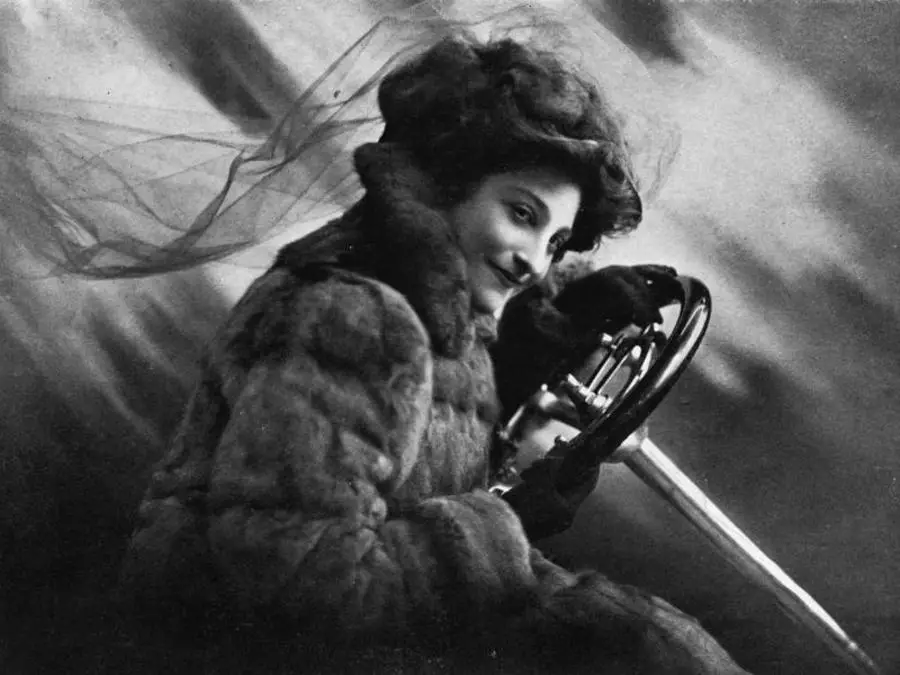
Dorothy Elizabeth Levitt
There is also room in this women's journey through the history of the motor for female inventors such as Dorothy Elizabeth Levitt, to whom do we owe the rear-view mirror. As stated in the book, "she attended the interviews raptly; she posed, beautiful and flirtatious, for the photographers, fluttering her eyelashes moments after adjusting herself in the mirror that she always carried in her bag and that she often used to verify the presence of vehicles behind yours.
In his work The woman and the car: a manual for all women who compete in motorsports or wish to do so She advised, precisely, to use the cosmetic mirror to have a retrospective vision when driving, a year before the car manufacturers patented it in 1914. She also advised women traveling alone to carry a colt revolver in the glove box
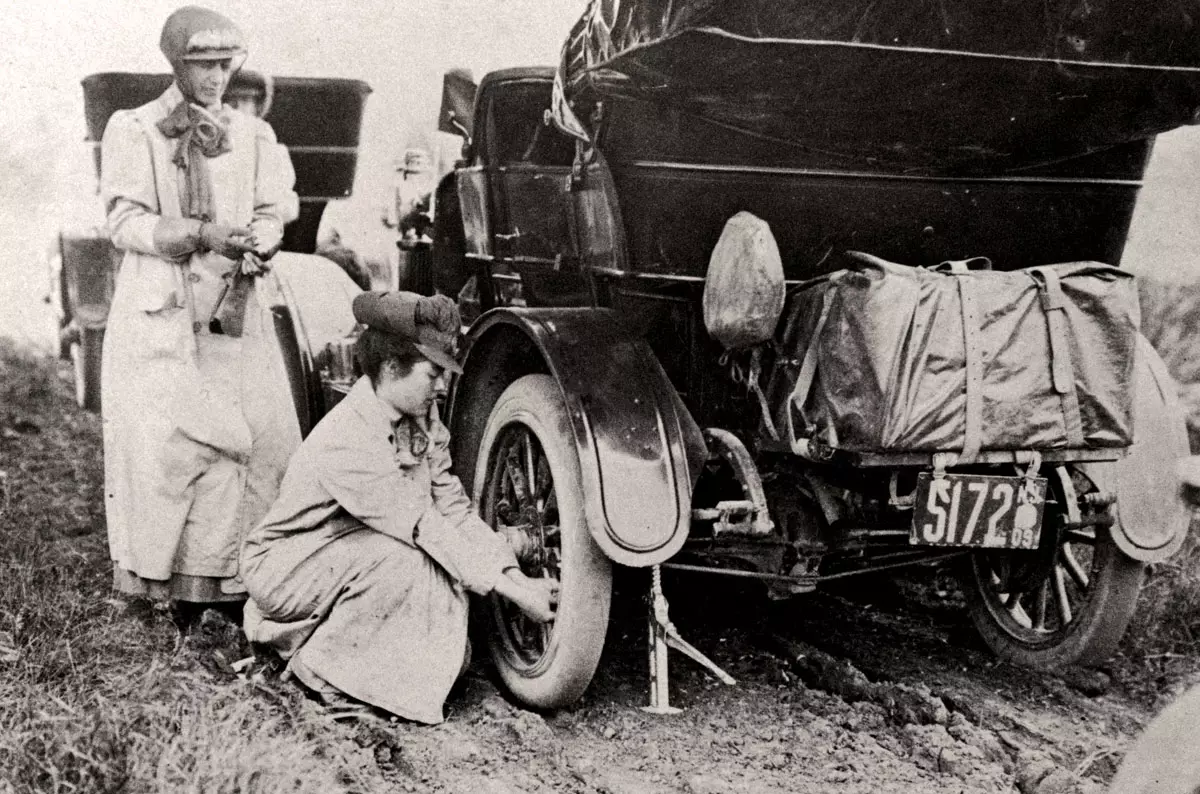
Alice Ramsey knew what she was doing
Probably a revolver wouldn't have hurt Alice Ramsay, the first woman to cross the United States from coast to coast behind the wheel of a car, or Aloha Wanderwell , which went around the world in three cars: a Ford Model T, a Model A, and a Touring Sedan, in 1920.
All of them share prominence in the pages of this heartfelt tribute to those who paved the way -in this case, literally- and which the author, Pilar Tejera, dedicates to all the heroines of the past . "For what you did." By them!

Handlebar and steering wheel pioneers
